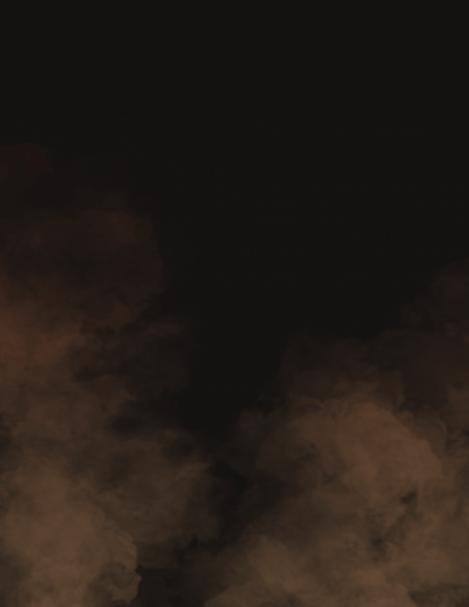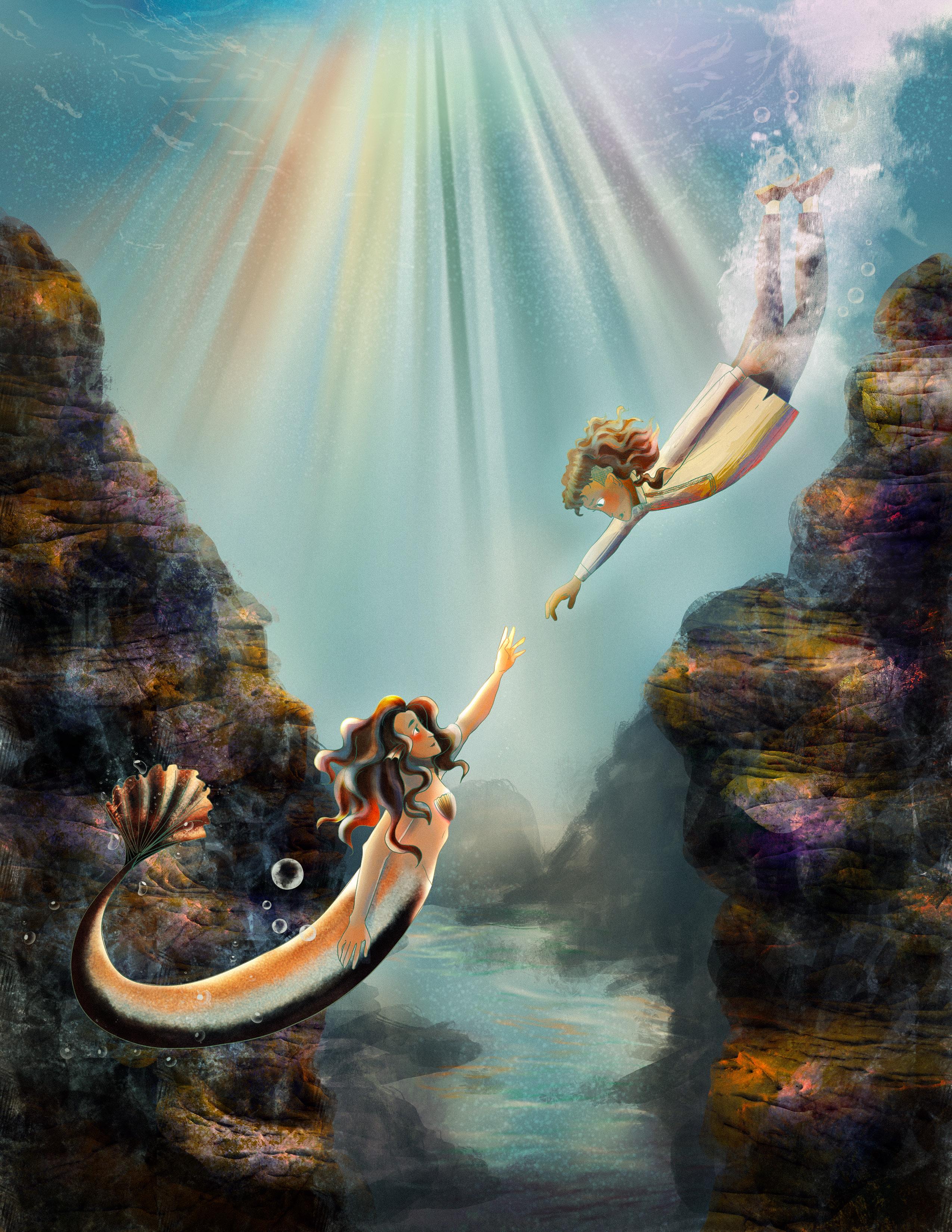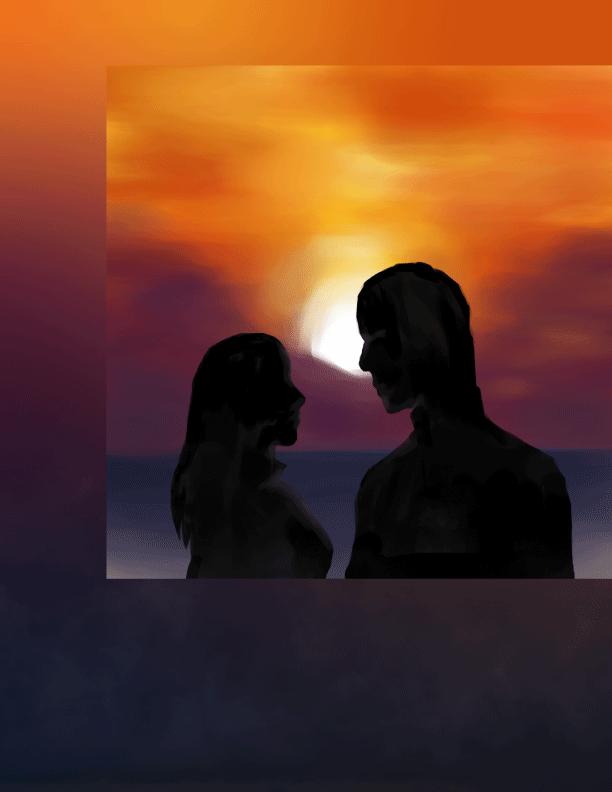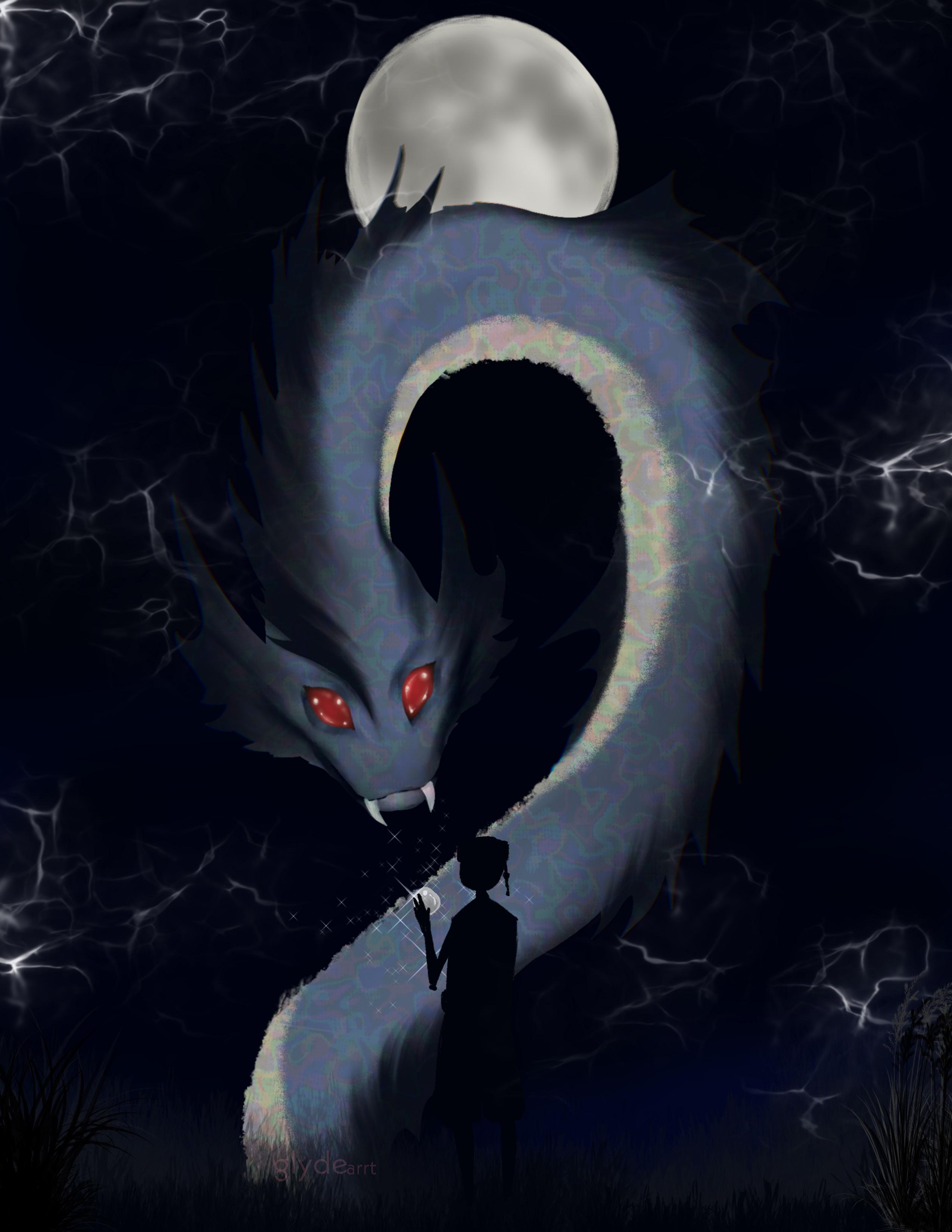
3 minute read
Of Rejection and Erasure
Libulan was the god of the moon, who came about after being struck with a lightning bolt by his grandfather, Captan. He was one of the three male sons of Lidagat and Lihangin, god of the sea and goddess of the wind, respectively. His two other brothers, Licalibutan and Liadlao, were described as more muscular and rather large; Libulan, on the other hand, was described as more slender and graceful, and he was known to be closer to his sister Lisuga, goddess of the stars.
Although he was designated as a god, some Tagalog myths mention Libulan as a goddess, whereas other accounts say that he was a hermaphrodite, or a transvestite, which may be the best way to explain his gender. Another story from Visayan mythology, tells of how Libulan fell in love with Sidapa, the god of death; in the end, they happily resided in Mt. Madjaas for the rest of their lives as husbands. With these woven tales, Libulan is usually considered the god of homosexuality and the patron god of the LGBTQIA+ community in the Philippines.
Advertisement
The idea of homosexuality, the transgender identity, and other related aspects, were embraced in the world of Philippine mythology. Lakapati, deity of agriculture and fertility, was presented in some myths as a hermaphrodite man. Bearing another name, Ikapati, Lakapati was also sometimes regarded as a transgender goddess. Other times, people separated the two names such that they represented different identities: one a hermaphrodite man, and the other a goddess with the ability to bear children.
Defying gender norms in the past was not something limited to myths and legends; there has long been a recognition and acceptance of a ‘third gender’ in pre-colonial Filipino society, strongly suggesting that gender norms were less strict and more liberal compared to the colonial period. Some Spanish accounts point towards transgender women who were recognized as cisgender women, and given the right to practice roles and take the same social status of the other female members of the community. With them not being able to have biological children of their own, they were then seen as ‘more spiritual’, and were able to practice as religious leaders or babaylan. In doing so, they donned the clothing of a babaylan, following in the footsteps of Libulan, being a transvestite himself.
During the Spaniards’ arrival in 1521, along came Catholicism, together with backwards beliefs towards women, animism, and the ‘third gender’: the empowerment and high status of women in the community clashed with their ideal of the ‘humble and obedient’ Maria Clara. People were forced to renounce their faith in their deities, homosexuality and other controversial concepts that were viewed as sins. As a result, women, who used to be regarded with high authority, were now looked down upon by the Spaniards as ‘weak’. Anyone who practiced homosexual acts, such as sodomy, were viewed as if guilty of crime and burned in the Inquisition in line with a degree being imposed by Pedro Hurtado Desquibel, President of Audiencia.
In a country that gives high regard to its culture and origins, it is disheartening that we look back on a part of it and shun it, considering it unholy. Although the world has somehow progressed in belief, many of us still use it as an excuse to ostracize a group of people as if they are not valid humans like us. Sure, the LGBTQIA+ community is slowly being embraced in society. However, the discrimination still lives on, as a minority, they are only tolerated, not accepted, as if they are an inconvenience to keep up with; an elephant in the room.
Libulan, Sidapa, and Lakapati may all be mythical deities, but their representation of the society at present is just as real, just as valid as every other representation of mythology in reality. It is also one being condemned, being erased, one falling on deaf ears. Many of us nowadays subconsciously frown upon the LGBTQIA+ community, and it is something we should unlearn, slowly and surely. Discrimination is not a myth, it is a reality; we should believe it is real as much as we used to believe in fairy tales.










